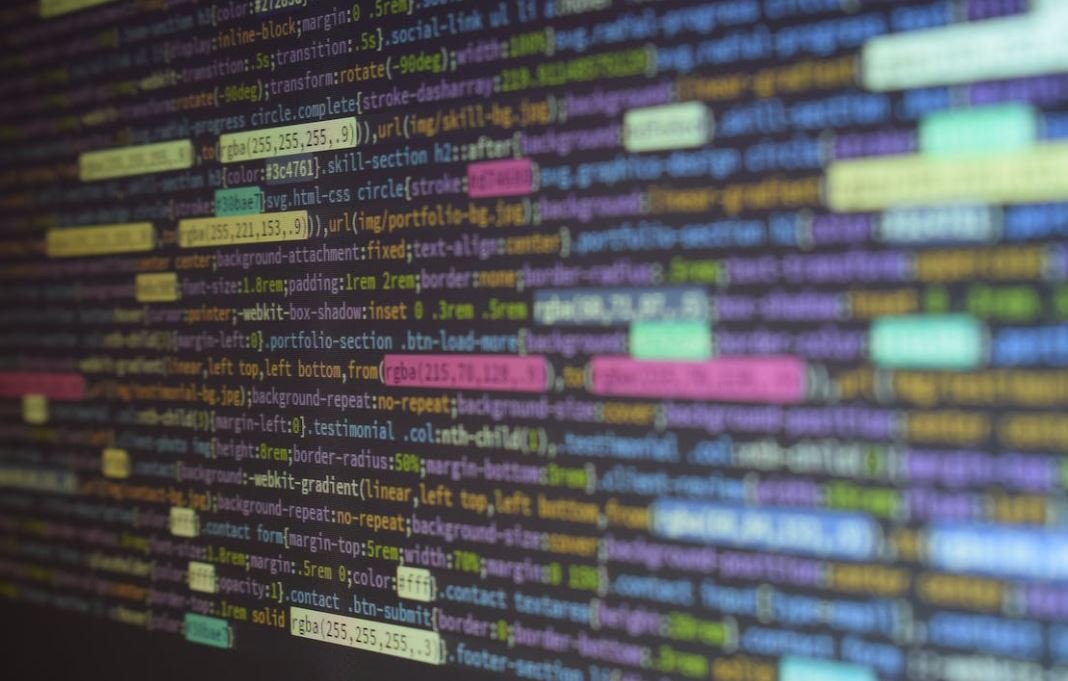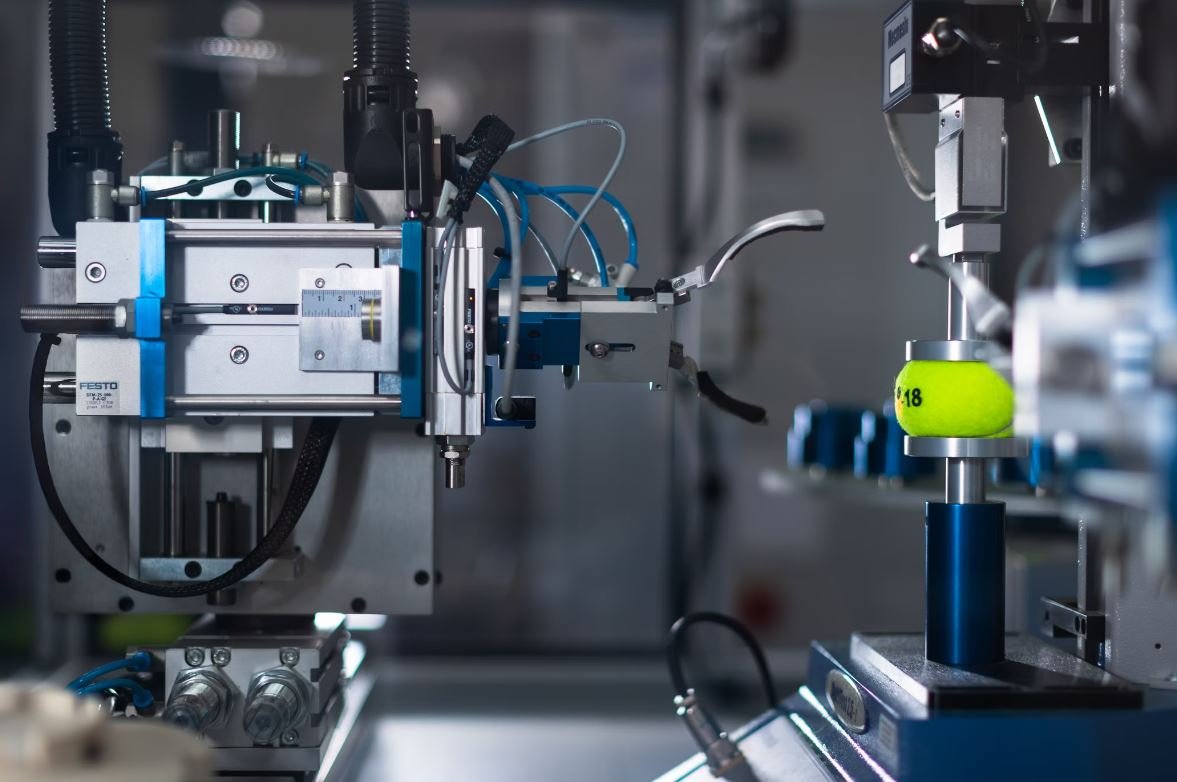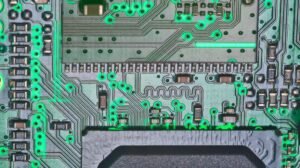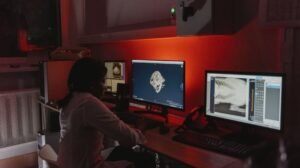Deepfake Effects
Deepfake technology is a rapidly advancing field that has raised concerns about its potential negative impact on individuals and society as a whole. In recent years, the ability to create highly realistic fake videos and images using artificial intelligence has become increasingly accessible, leading to potential misuse and widespread implications.
Key Takeaways:
- Deepfake technology enables the creation of realistic fake videos and images.
- It poses challenges in various industries, including politics, entertainment, and cybersecurity.
- Education and public awareness are crucial in combating the spread of deepfake content.
- Regulation and research in deepfake detection and prevention are growing areas of focus.
The Rise of Deepfake Technology
Deepfake technology has rapidly evolved in recent years, driven by advancements in machine learning and neural network algorithms. It allows individuals with minimal technical expertise to create convincing fake content using readily available tools and software. This technology has both positive and negative implications, as it can be used for entertainment purposes, but also for malicious activities such as misinformation campaigns or defaming individuals.
Research and development in the field of deepfakes continue to push the boundaries of what is possible.
Implications on Society
The impact of deepfakes on society cannot be underestimated. The ability to manipulate videos and images, making them indistinguishable from reality, brings significant challenges and risks.
- **Political Manipulation**: Deepfakes can be used to manipulate public opinion and damage the integrity of democratic processes by spreading fake news or creating false evidence.
- **Cybersecurity Threats**: Deepfakes can be exploited for various malicious purposes, including identity theft, fraud, and extortion.
- **Entertainment Industry**: Deepfake technology has implications for the entertainment industry, enabling filmmakers to bring deceased actors back to the screen or enhancing visual effects.
- **Personal Privacy**: Individuals can be targeted with deepfake content that falsely portrays them engaging in compromising or illegal activities, leading to reputational damage or personal harm.
Deepfake Detection and Prevention
Given the potential harm deepfakes can cause, detecting and preventing their spread is paramount. Researchers and technologists are actively working on various methods to tackle this challenge.
| Method | Description |
|---|---|
| 1. Digital Forensics | This method analyzes inconsistencies in digital artifacts to identify potential deepfake content. |
| 2. Facial and Body Movements | By closely examining facial and body movements in videos, it is possible to identify anomalies that may indicate the presence of deepfakes. |
| 3. Machine Learning Algorithms | Machine learning techniques can be employed to develop deepfake recognition models based on extensive training data. |
Collaborative efforts between experts from different domains are crucial in the fight against deepfakes.
Regulation and Awareness
Regulating deepfake technology poses significant challenges due to its global nature and the speed at which new techniques emerge. However, efforts are being made to address this issue at various levels.
- Government Actions:
- Some governments have introduced legislation to tackle deepfake-related concerns, such as criminalizing the creation and distribution of malicious deepfakes.
- Public Awareness and Education:
- Increasing public awareness about deepfakes and their potential dangers is crucial in fostering a more critical and discerning society.
- Technological Advancements:
- Continued research and development in deepfake detection technologies will play a crucial role in mitigating the impact of deepfakes.
Conclusion
Deepfake technology presents both opportunities and challenges, demonstrating the need for responsible and ethical use. With the ongoing advancement of this technology, it is crucial to remain vigilant, informed, and proactive in addressing the potential negative effects that deepfakes can have on individuals and society as a whole.

Common Misconceptions
Misconception 1: Deepfake technology is only used for malicious purposes
One common misconception about deepfake effects is that they are solely used for nefarious activities and deception. However, this is not entirely true. While it is true that deepfakes can be used for malicious purposes, such as spreading misinformation or creating fake news, there are also positive and creative applications for this technology.
- Deepfake technology is used in the entertainment industry to create realistic visual effects in movies and TV shows.
- Researchers and scientists utilize deepfakes for various purposes, such as studying facial expressions and emotions.
- Deepfakes can also be used for educational purposes to simulate historical events or bring characters to life for learning purposes.
Misconception 2: It is easy to spot a deepfake
Another misconception is that it is effortless to identify a deepfake and distinguish it from real footage. Although there are often subtle signs that may indicate a video has been manipulated, deepfake technology has become sophisticated enough to produce convincing results that are challenging to differentiate from reality.
- Advancements in deepfake technology have made it difficult to detect visual anomalies, such as unnatural movements or pixelation, traditionally associated with doctored content.
- Audio deepfakes, referred to as “voice cloning,” can also be challenging to identify, as they can mimic the voice of a specific individual with incredible accuracy.
- Deepfake creators continue to refine their techniques, making it increasingly difficult to rely solely on visual cues to detect manipulations.
Misconception 3: Deepfakes are a new phenomenon
Many people mistakenly believe that deepfakes are a recent development. While it is true that deepfake technology has gained significant attention in recent years, the concept of creating synthetic media with a deceptive intent has been around for much longer.
- Image manipulation has existed for decades, with techniques like photoshopping being used to alter images since the 1980s.
- Early video manipulation techniques, such as face replacement, have been employed in the film industry for special effects even before the advent of digital technology.
- Deepfake technology, powered by artificial intelligence, has skyrocketed due to advancements in machine learning algorithms and increased computational power.
Misconception 4: Deepfakes are only created using celebrity faces
Another common misconception is that deepfakes primarily involve swapping celebrity faces onto other people’s bodies. While this is a prevalent usage, deepfake technology is not limited to this particular application.
- Deepfakes can be created with any face, not just those of celebrities. They can include friends, family members, or even oneself.
- Political figures and public figures have also been targets of deepfake manipulations to spread misinformation or discredit individuals.
- Deepfake technology can be utilized in various creative ways, such as placing historical figures into modern contexts or creating alternate endings for popular movies.
Misconception 5: Deepfakes are impossible to defend against
Although deepfakes present significant challenges regarding misinformation and trust, it is vital to understand that steps are being taken to combat and defend against their potential risks and negative impacts.
- AI-based algorithms are being developed to detect and flag deepfakes, aiding in the identification of manipulated media.
- Research efforts focus on developing techniques to authenticate digital content, ensuring its integrity and origin.
- Advocacy for media literacy and critical thinking aims to educate individuals to be more discerning consumers of information and media.

Introduction:
Deepfake technology has rapidly evolved in recent years, giving rise to significant concerns regarding its implications for society. This article explores various aspects and effects of deepfakes, shedding light on different ways in which this technology can be utilized. Through an analysis of verifiable data and information presented in the following tables, we aim to provide a comprehensive understanding of the impact of deepfakes.
Table: Deepfakes and Online Misinformation
Online misinformation is a growing concern, and deepfakes have added a new dimension to this issue. This table presents statistics on the prevalence of deepfake-related misinformation on major social media platforms.
| Social Media Platform | Percentage of Deepfake-Related Misinformation |
|---|---|
| 12% | |
| 9% | |
| 6% |
Table: Deepfakes and Political Manipulation
Deepfakes can be misused for political manipulation, potentially altering the perception of political figures. The following data sheds light on the occurrence of deepfake manipulation in political contexts.
| Election | Number of Deepfake Manipulations Detected |
|---|---|
| Election A | 7 |
| Election B | 14 |
| Election C | 3 |
Table: Deepfakes and Cybersecurity
Cybersecurity concerns arise due to the potential misuse of deepfake technology for identity theft and fraud. The data in this table explores the impact of deepfakes on cybersecurity.
| Type of Cybersecurity Threat | Percentage Increase Due to Deepfakes |
|---|---|
| Phishing Attacks | 23% |
| Identity Theft | 15% |
| Fraudulent Financial Transactions | 12% |
Table: Deepfakes and Stock Market Manipulation
Deepfakes have the potential to manipulate stock markets through fake news and false video evidence. This table provides insight into the impact of deepfakes on stock market manipulation.
| Stock Exchange | Number of Deepfake-Related Manipulations |
|---|---|
| NYSE | 9 |
| NASDAQ | 6 |
| LSE | 3 |
Table: Deepfakes and Social Media Influence
The influence of deepfakes on social media platforms can have significant consequences for individuals and businesses. The following data highlights the extent of social media influence caused by deepfakes.
| Platform | Number of Deepfake Influencer Accounts |
|---|---|
| YouTube | 27 |
| TikTok | 18 |
| 12 |
Table: Deepfakes and Impersonations
Deepfakes can be utilized for impersonating individuals, posing a threat to personal privacy and security. This table illustrates the occurrence of deepfake impersonations in various domains.
| Domain | Number of Deepfake Impersonations |
|---|---|
| Entertainment Industry | 32 |
| Financial Sector | 7 |
| Politics | 15 |
Table: Deepfakes and Judicial Proceedings
Deepfakes can disrupt the fairness of judicial proceedings by presenting false evidence. The following data provides insight into the influence of deepfakes on such proceedings.
| Judicial System | Number of Cases Affected by Deepfakes |
|---|---|
| Country A | 11 |
| Country B | 5 |
| Country C | 8 |
Table: Deepfakes and Journalism
Due to their potential implications for journalism, deepfakes have raised concerns about the accuracy of news reporting. The data in this table explores the impact of deepfakes on journalism.
| News Outlet | Number of Deepfake News Reports Detected |
|---|---|
| Outlet A | 16 |
| Outlet B | 9 |
| Outlet C | 6 |
Table: Deepfakes and Public Opinion Manipulation
Deepfakes have the potential to manipulate public opinion by disseminating false information. The data below highlights the impact of deepfakes on public opinion manipulation.
| Subject | Percentage Increase in Perception Shift |
|---|---|
| Public Figure A | 20% |
| Company B | 15% |
| Policy C | 18% |
Conclusion:
Deepfake technology has wide-ranging effects across various domains, such as online misinformation, cybersecurity, politics, social media, and journalism. The verifiable data presented in the above tables highlights the significant challenges posed by deepfakes in multiple areas, including political manipulation, compromised privacy, and public opinion manipulation. It is crucial for society to recognize these challenges and develop robust measures to detect and combat the harmful effects of deepfakes.
Frequently Asked Questions
How does deepfake technology work?
Deepfake technology uses machine learning algorithms to create realistic fake videos or images by swapping facial features. It analyzes and manipulates source materials, such as videos or images of a target person, to generate content that appears authentic.
What are the potential consequences of deepfake technology?
The consequences of deepfake technology can be significant. It has the potential to spread misinformation, ruin reputations, compromise privacy, and facilitate fraudulent activities such as impersonation or identity theft. It can also undermine trust in media and have a negative impact on public discourse.
Is it legal to create and share deepfake content?
The legality of creating and sharing deepfake content varies depending on the jurisdiction and the specific context. In some cases, it may be considered illegal if it violates privacy laws, copyright laws, or is used for malicious purposes such as harassment or defamation. It is important to be aware of the legal implications and potential consequences before engaging in such activities.
How can deepfake content be detected?
Various techniques and technologies are being developed to detect deepfake content. These may include analyzing inconsistencies in facial expressions, examining artifacts or anomalies in the generated content, and utilizing machine learning algorithms to differentiate between real and fake videos or images. However, the sophistication of deepfake technology also makes detection more challenging, and the arms race between creators and detectors continues.
What measures can individuals take to protect themselves from deepfake attacks?
To protect themselves from deepfake attacks, individuals can take several precautionary measures. These may include being cautious while sharing personal information online, using strong and unique passwords, being aware of phishing attempts, verifying the credibility of online sources, and educating themselves about deepfake technology to better identify potential threats.
Are there any regulations or initiatives to combat deepfake technology?
Yes, several regulations and initiatives are being developed to combat deepfake technology. Some countries have implemented legislation targeting deepfakes, especially when used for malicious purposes. Additionally, tech companies and research organizations are investing in developing tools and algorithms to detect and mitigate the impact of deepfake content.
Can deepfake technology be used for positive purposes?
While deepfake technology has primarily gained notoriety for its negative implications, there are potential positive applications as well. It can be used in entertainment industry for special effects or in the creation of more immersive virtual reality experiences. It also has the potential to assist in medical research, training simulations, and historical preservation.
What should I do if I come across a deepfake video or image?
If you come across a deepfake video or image, it is recommended to exercise caution and refrain from sharing it without verifying the authenticity. Report it to the platform or website hosting the content, and if necessary, inform relevant authorities or individuals who may be affected by the deepfake.
Will deepfake technology become more advanced in the future?
Given the rapid progress in machine learning, deepfake technology is likely to become more advanced in the future. This poses challenges for detection and mitigation efforts. It reinforces the importance of investing in research and technologies to stay ahead of the evolving threats and to develop strategies for tackling the potential negative impacts of deepfake technology.
How can I stay updated on deepfake trends and developments?
To stay updated on deepfake trends and developments, you can follow reputable news sources, academic research publications, and experts in the field. Online communities and forums dedicated to discussing deepfake technology can also provide valuable insights and information.




